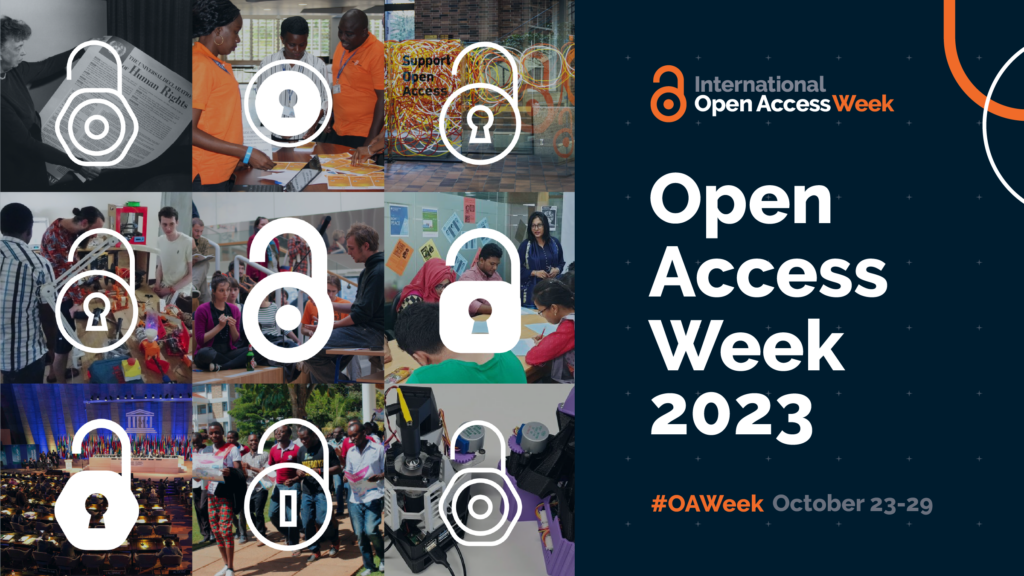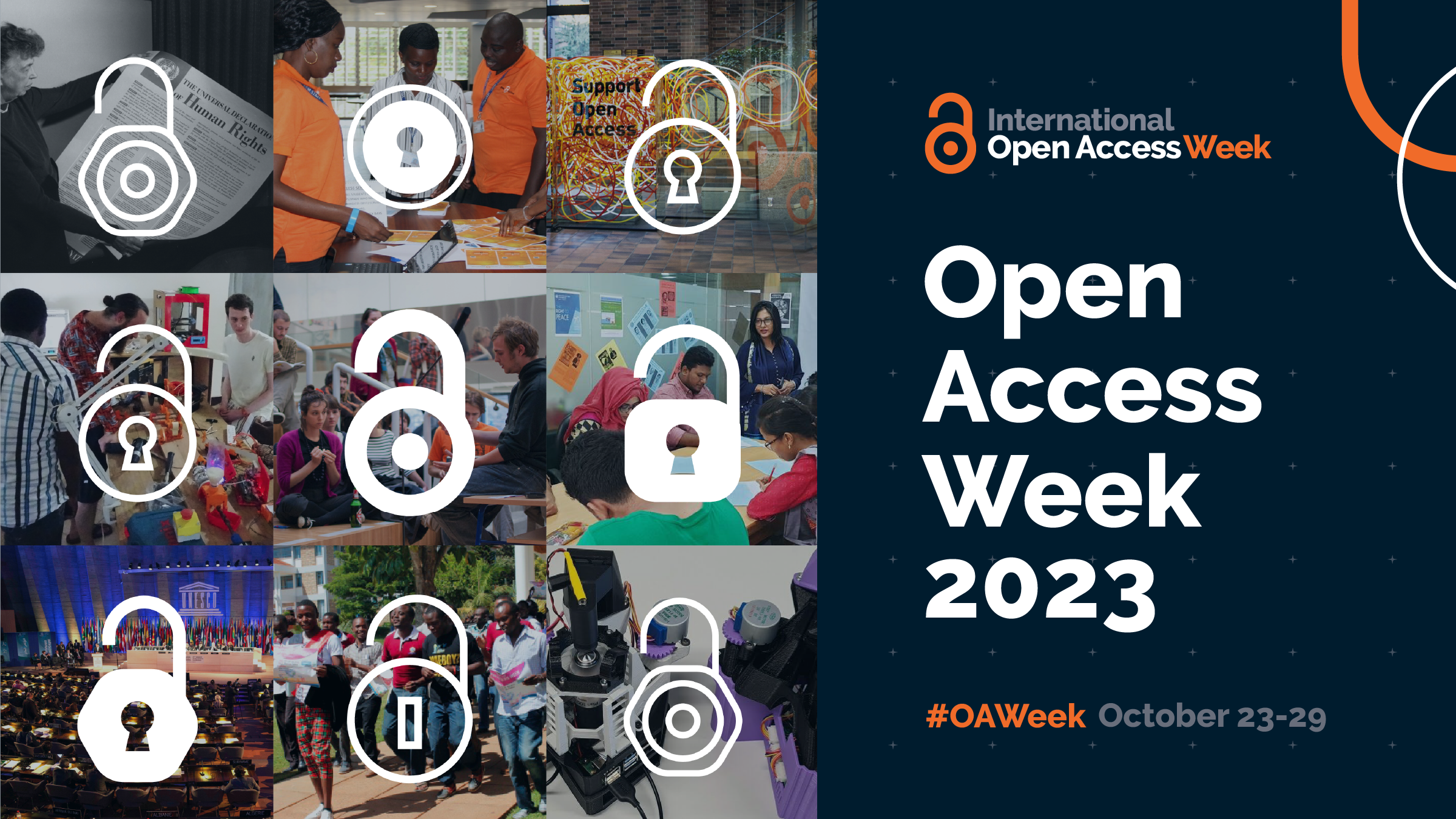As part of Open Access week 2023, Karen Rowlett from the Research Engagement team interviewed Dr James Anderson about how he set up a Pure Gold Open Access journal, Transmathematica, to serve his community of mathematicians. James founded the journal in 2018 and the first article was published in June 2019.
The journal uses Open Journal Systems 3.2.1.2, which is open source journal management and publishing software developed, supported, and freely distributed by the Public Knowledge Project under the GNU General Public License.
Can you tell us a bit about you and your career?

Dr James Anderson
Why did you decide to start a journal? Was there a particular need within your research community?
For millennia mathematicians have been working to totalise arithmetic so that every operation can be applied to any numbers such that the result is a number. This history is both convoluted and patchy, with different totalisation being known in different parts of the world at different times. Nowadays everyone knows that zero and negative numbers totalise addition and subtraction, that rational and irrational numbers totalise multiplication but, until 1957, it was impossible to divide by zero. Forty years later, in 1997, I discovered a very simple way of dividing by zero, based on the geometry of human and computer vision, that totalises arithmetic, algebra, set theory, calculus, and physics. It removes guaranteed failure from all of our sciences when they need to divide by zero. Sadly there is huge resistance to division by zero from the ignorant. So much so that few journals can review papers discussing division by zero, leading some mathematicians to conceal their division by zero results in order to be published. I created the multi-disciplinary journal, Transmathematica, in 2018, to provide a safe space to publish research on division by zero and totalisation in all fields of enquiry.
How important was it that the journal was Open Access?
Totalising arithmetic is important in every walk of life. A passenger on the Clapham omnibus does not need to know how computers work to appreciate that having computers calculate numbers with decimal points to twice the accuracy is a good thing. This is just one of the benefits of being able to divide by zero. But if an omnibus passenger does want to know then reading an open access journal is a very good way to satisfy that curiosity.

How difficult was it to find a host for the journal? Did you consider approaching an established publisher before you set up your own publication?
Division by zero is such a well founded and important subject that I had no difficulty signing up a publisher. The plan was to launch the journal with long versions of the best conference papers selected from the first international conference on transreal arithmetic, sponsored by UNESCO, in the summer of 2017 in Rio de Janiero. Regrettably the publisher withdrew the offer, after the conference, so I established Transmathematica, in 2018, as an online journal using the Open Journal System (OJS) that is used by tens of thousands of journals worldwide.
Was it technically difficult to set up the journal? Were there things that you hadn’t realised you’d need to do?
Setting up an OJS system isn’t for the faint hearted. Some problems can be solved by spending money. The Simon Fraser University in Canada created OJS and offers a journal hosting service. The company Crossref provides Digital Object Identifier (DOI) registration that is integrated with OJS. The company iThenticate provides plagiarism detection reports that are also integrated with OJS. But, sometimes, it is not possible to buy one’s way out of trouble. Some problems can be solved only with fiendish ingenuity: how does one launch an online journal with an International Standard Serial Number (ISSN) and a distributed online archive when every step seems to require that all of the others steps are already in place?
Setting up the online journal interface also requires a certain ingenuity to display all and only the information one wants readers, authors, reviewers, librarians, and system managers to have. Then there is the task of setting journal policy and procedures to satisfy the Committee on Publication Ethics and the Directory of Open Access Journals (DOAJ). The DOAJ assumes all journals have a wide authorship, which is certainly not the case for Transmathematica. Maybe a dozen people, world wide, currently publish on total arithmetical systems. All are known to me or to someone I know. It is a small world so we have not, yet, achieved DOAJ registration. Some things are easy. Every academic knows people who will be editors or referees. Finding volunteers is straight forward, managing them is not. But, at least, our readership is happy.

How did you decide how much to charge for Open Access in the journal?
Most of my authors come from developing countries or low income countries so they and their institutions cannot afford large APCs. In common with many Pure Gold Open Access journals, the APC can be waived for authors from the Royal Society’s Open Access Equity list of eligible countries. The running costs of the journal are about £3,000 per year so I set the APC at one tenth of this. If we publish ten papers a year I break even. Some years we get close but I have lost money in every year of running the journal. The authorship base is, slowly, expanding so I hope to break even in the future. Book publishing has much lower costs and negligible recurrent costs so the books might subsidise the journal. But I expect I will increase the APC soon.
What are your future ambitions for the journal?
I am now expanding publication to books. The first Transmathematica title, Built on Sand, is available for pre-order on Amazon with delivery on 1st December 2023: https://amzn.eu/d/7MKjdd9
For my own part, I have launched a journal and a book publisher, I have identified people who will run the Transmathematica publishing house when I am no longer able to. All that remains is to make the journal financially viable.
Dr Karen Rowlett is Research Publications Adviser in Research Engagement, Library. Karen would like to thank James for contributing to this interview and for his insights into publishing for his community.
Many of Dr Anderson’s publications from his time at University of Reading are available through CentAUR and the Green Open Access route. Explore them in CentAUR.

